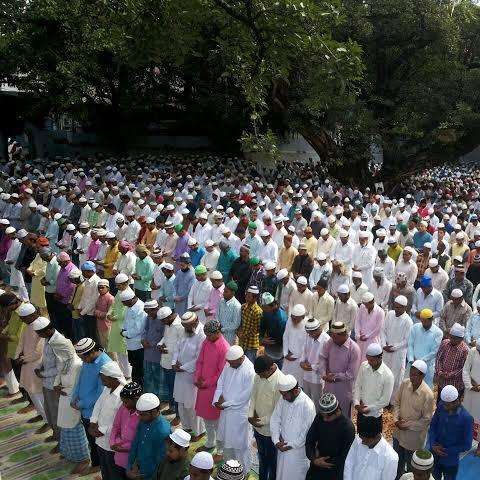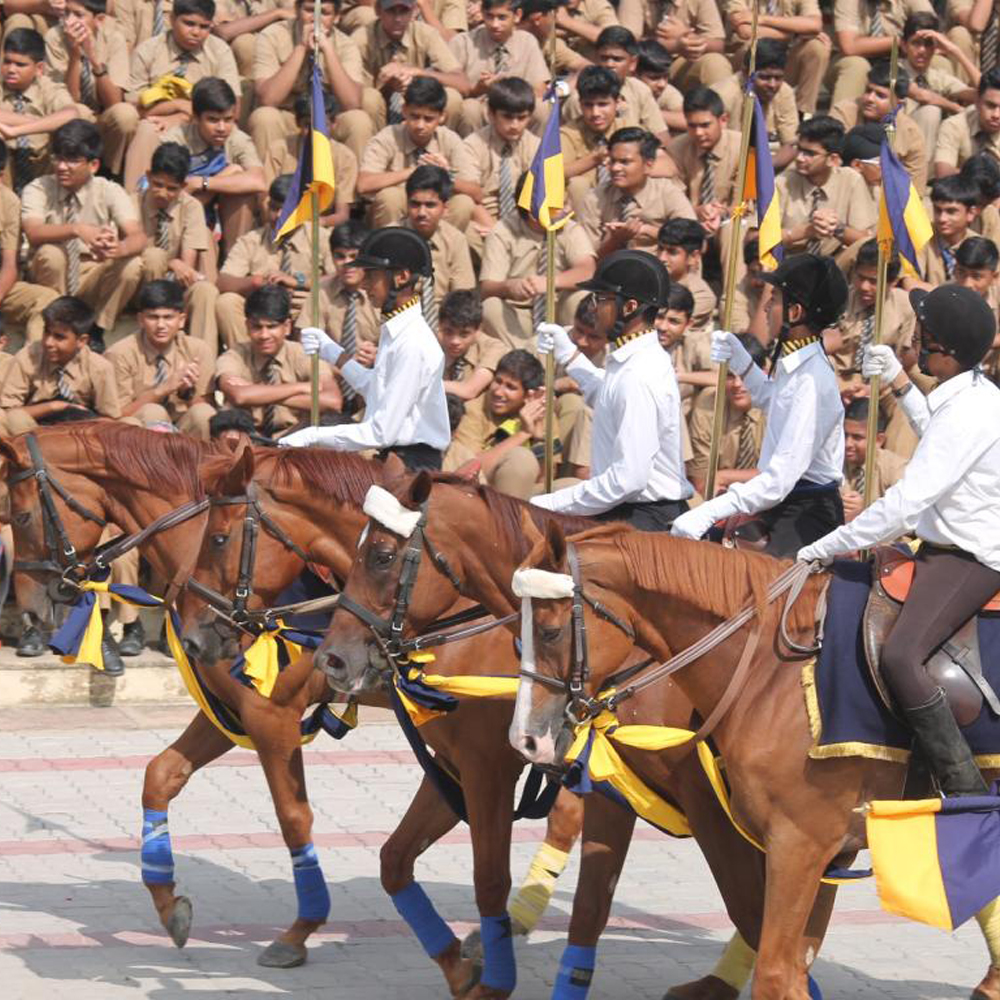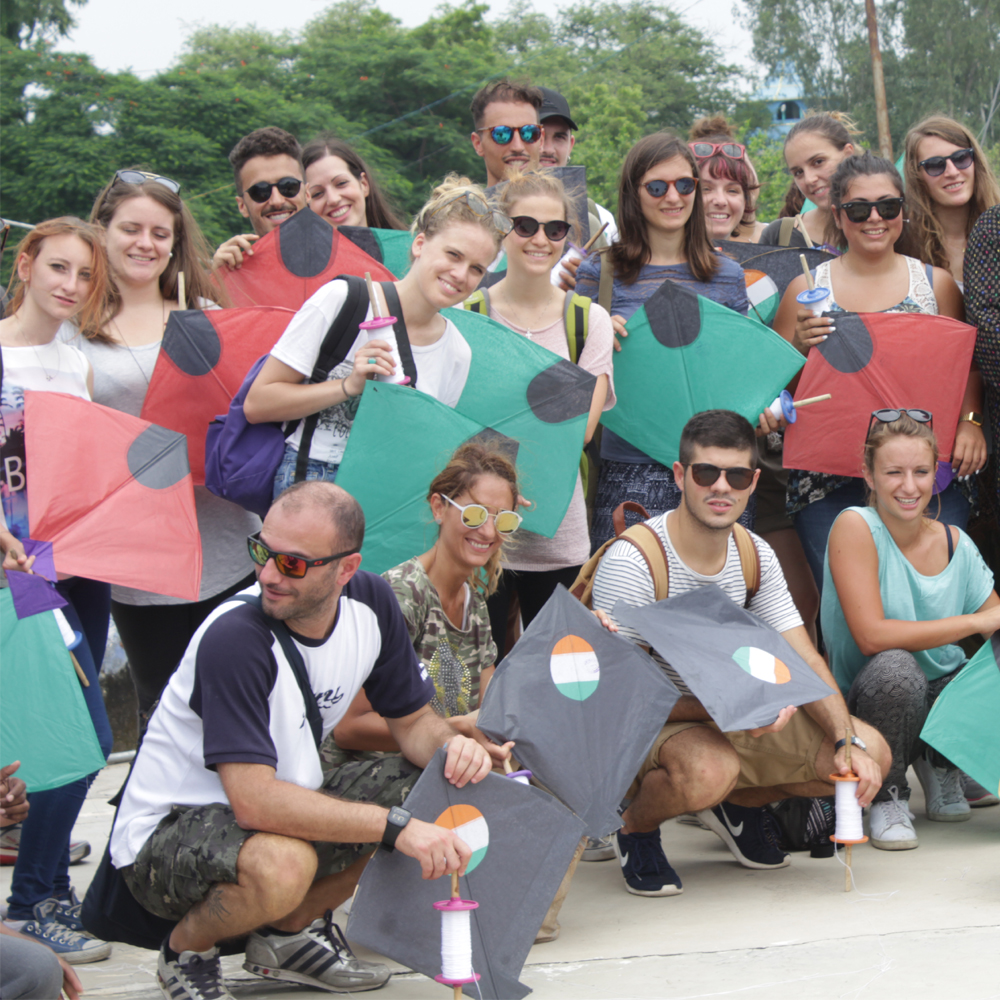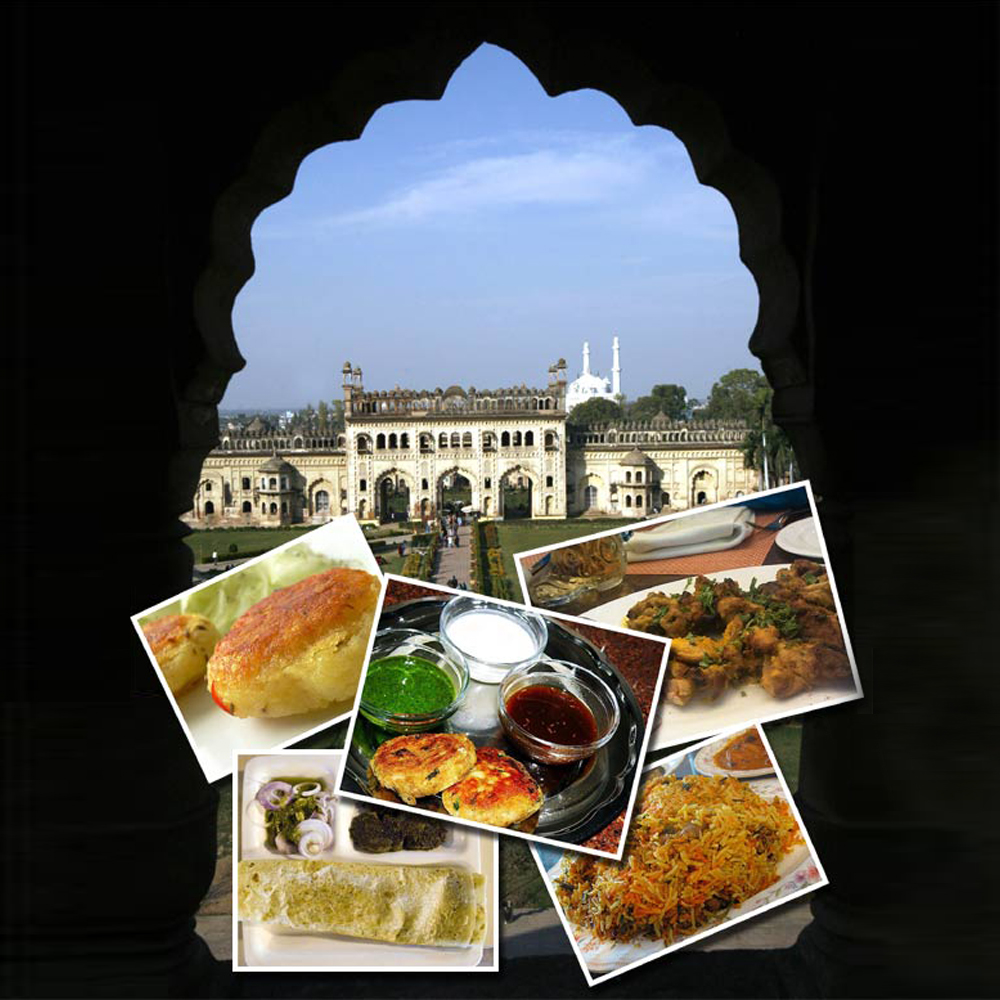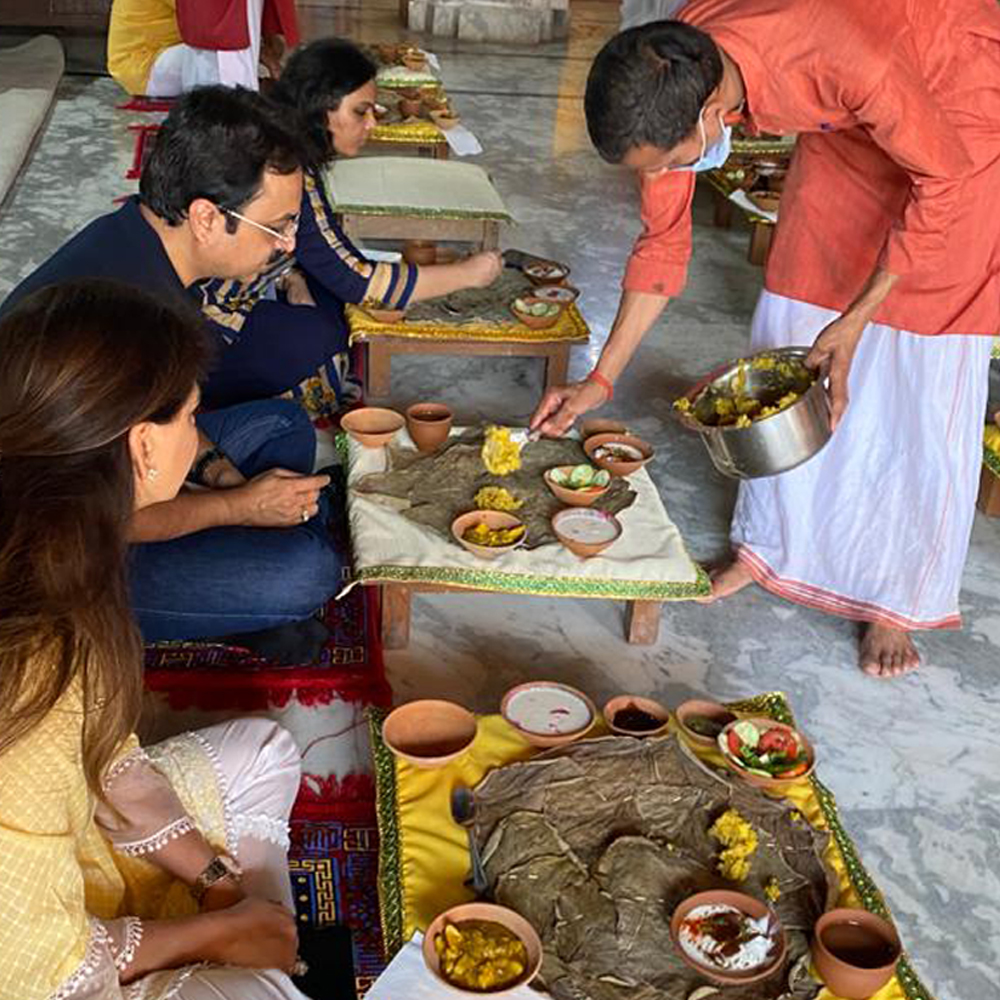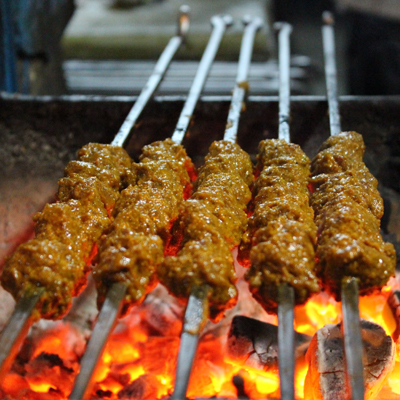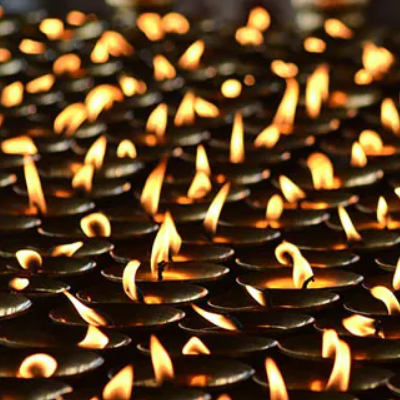Naimisharanya
Around hundred and twenty kilometres from the state capital of Uttar Pradesh, Lucknow, tucked in a small hamlet in the Sitapur district is a quaint town of Naimisharanya. Naimisharanya is an important Hindu pilgrimage. It is believed to be the place where all ‘Puranas’ were written by legendary Sage Maharishi Vyas who also authored Mahabharata and the Vedas.
According to Hindu legend, Rishi (sage) Shaunak in search to advance the knowledge and be safe from the adverse effects of Kalyuga contacted the creator God Brahma. Brahma asked Rishi Shaunak to visit Vishnu and also gave him a Chakra and instructed to spin the chakra all the time and the place where the chakra stops make it their abode to meditate for the entire Kalyuga period. It is said that the Chakra halted near the banks of the river Gomti and the place came to be called Naimisharanya. It is believed that Rishi Saunak and 88000 other saints lived and meditated at this place.
There is a mention of Naimisharanya in both epics the Ramayana as well as that of the Mahabharata. In the Ramanaya it is called as ‘Naimish’ and in the Mahabharata it is mentioned as the place which was visited by Yudhisthir and Arjun.
There is also a mention of this place in Ain-e-Akbari or Administration of the Mughal Empire under the Mughal Emperor Akbar written by Akbar’s court historian Abul Fazal in the 16th Century.
Important Sites to visit in Naimisharanya
Chakra Tirth:

It is a circular water pond where the Chakra fell on Earth and with its weight a cavity was created and filled with the holy water.
Lalita Devi Temple:
It is an important and ancient temple of the religious site. It is believed to be the place where the heart of Goddess Sati had fallen.
Hanuman Garhi:
Situated on the banks of the river Gomti, the temple is dedicated to Lord Hanumana. The lofty statue of Hanumana is seen along with Lord Ram and his younger brother Laxman sitting on the shoulders. The common belief is that after defeating the demon, Ahiravan, Hanumana came on earth.
Pandav Quila:
Not very far from the Hanumana temple is a site called the Pandav Quila. In the Mahabharata period, a fort was built by King Virat and is said to have been visited by the five Pandavs. The Pandavs lived as well as severed King Virat here. Statues of Lord Krishna and the Pandavs adorn the fort. During the Khalji dynasty a Hindu minister of Ala-Ud-Din Khilji (also spelt as Alauddin Khilji) built a fort in the year 1305.
Vyas Gaddi:
This is the site where Saint Vyas authored the epic of Mahabharata, the Vedas and the Puranas.
Mishrikh:

Dadhichi Kund, Misrikh (10 km from Naimisharanya). (Image Credit: Soltan Frédéric/Sygma)
Just about ten kilometres from Naimisharanya is Mishrikh. This place is known for its holy pond called Dadhichi Kund and is considered containing water from all scared rivers in it.
It is believed; Indra the king of Devas was defeated and driven out of Devalok (Home of Gods) by a demon named Vritra. The demon had a blessing that he could not be harmed by any weapon made with wood or metal. Losing all hope of getting back the kingdom, Vritra approached Vishnu for help. Vishnu then advised Vritra that the only weapon that could kill the demon would have to be made from the bones of sage Dadhichi.
Indra and other Gods approached Dadhichi, and asked him for his bones to make a weapon called Vajrayudh. The saint accepted the request but pleaded that before he leaves the world he would like to do a pilgrimage and take a dip in all holy rivers. Indra therefore to make it practical and easy brought all holy river waters to Naimisharanya to fulfill the wish of the sage without further delay. Rishi Dadhichi is said to have taken the last holy dip in this pond and in order to save humanity and to bring about peace in the world, gave up his life so that a weapon could be made from his bones that could kill the demon Vritra.









